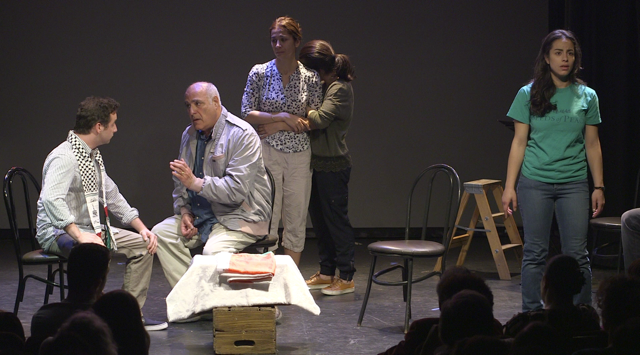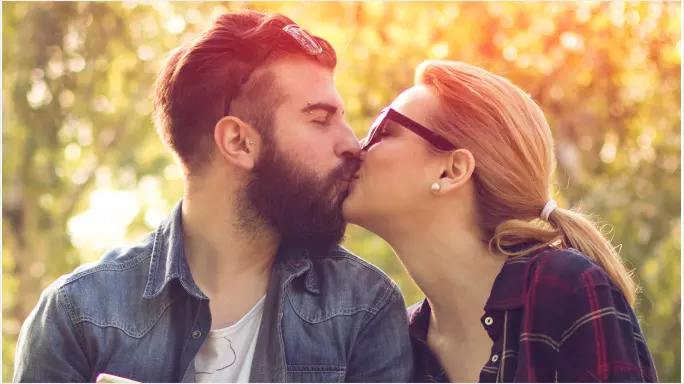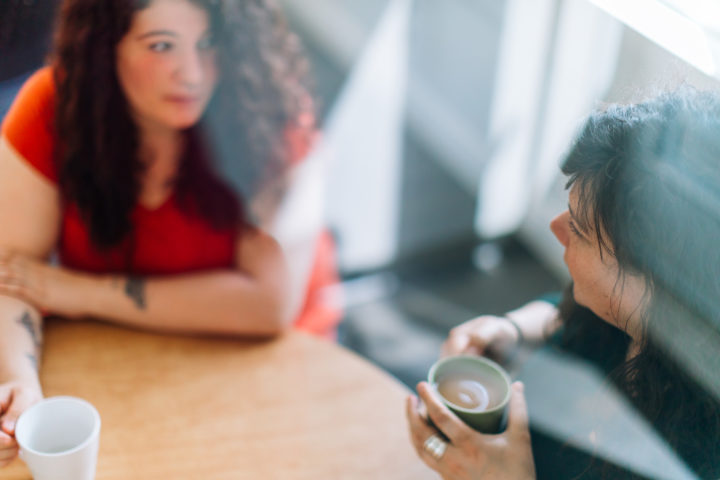Jen Marlowe is a human rights and social justice activist whose passions manifest in a number of creative ways: writing, playwrighting, filmmaking, and more.
We got to sit down with her and learn about her different projects.
What do you do for a living, and why is it awesome?
I am an activist, organizer, documentary filmmaker, author, playwright, journalist. What I appreciate most about the work that I do is that I am able to determine what feels most important to me at any given moment, and focus on that. I’ve been able to hone certain skills (which, of course, is an on-going process) and that allows me to serve the causes and communities that I am trying to partner in solidarity with in some unique and hopefully helpful ways.
How do you incorporate human rights and activism into your work?
I’m a human rights/social justice activist first and foremost. All the work I do (be it filmmaking or playwriting or journalism) is in service of that activism. My projects usually involve non-fiction storytelling—in which I am trying to expose violations of human rights by revealing the human impact these violations have. In most of my work, I partner with people who have vitally important stories to tell, and I hope through providing a platform on which people can tell their stories, I’m revealing the human rights issues that their stories are embedded in—but equally important, I hope I am also amplifying people’s voices, their dignity, their resilience, courage and humanity.
Why do you think it’s important to record, document, and tell stories about oppression, and how do you combine that with artistic expression?
I think it’s important to record, document and tell stories about people—people whose lives are equally important to your life, my life, and the lives of everyone reading this blog—but whose lives have been devalued. I believe the only way to combat oppression is to build a world that is based in total equality. Where every child’s rights and needs are equally protected and every human being is equally respected. We are very, very far from that world right now. I hope that the work that I do, that the stories I am telling, plays a tiny role in creating some sort of shift towards a deeper and more profound recognition of that basic truth: that a better, more just world will only be possible when every human life truly has equal value.
What are your hopes for your future and the future of donkeysaddle projects?
I hope to continue to refine the skills I’ve been developing—and to develop new ones—in order to serve the goals of the work. I hope I can continue to do the work in the spirit of true partnership, solidarity, and witness, and with conviction, with clarity and with love. And I hope the work I do is useful to those who I am trying to be useful to.
Tell us about one of your recent projects.
I’ve been very focused on the recent tour of my play There Is A Field, which is about the killing of a 17-year-old boy who I knew, Aseel Asleh, a Palestinian citizen of Israel. We intend to continue to bring the story to communities throughout the next year, and want the play to really be a part of movement building and part of building Black-Palestinian solidarity.
In addition, I am screening my most recent documentary film “Witness Bahrain“—and this summer will be editing footage I shot in Gaza, as well as doing organizing work around the case of my friend Reggie Clemons, who has been on death row in Missouri since 1993 and is currently facing a re-trial.
Is there something specific that sparked your interest in writing?
I’ve loved writing ever since I was a little kid! I used to write all the time—notebooks filled with stories. But then I stopped writing at some point as a teenager, and didn’t really start to write again in a committed way until 2000—when I was in Palestine/Israel during the start of the Second Intifada, and I wanted to have a way to communicate what I was witnessing.
What do you consider to be one of the most important aspects of your work?
I think the act of bearing witness to people’s lives and their pain, and the act of standing with them in solidarity and in love—not just for the months or years that I am working on their story, but for the long-term–that is the most important aspect of my work.
Can you describe one of your proudest moments since starting donkeysaddle projects?
In 2007, I partnered with three young men from South Sudan to make a film documenting their first homecoming journey back to South Sudan since they had fled 20 years prior, as tiny children. Each young man had a project he wanted to do in his home village; one wanted to build a school, one wanted to help a clinic get off the ground, and the third (Garang) decided (after seeing the lack of clean water) that he wanted to raise money drill wells. The film was both documenting their journey, their efforts vis a vis education, health care, and water—and also, all funds raised by the film would go towards their projects. We completed the film in 2009 and made another trip back in 2010, to start to build the school and drill the wells. When we were there, there was a cholera epidemic in the village. We would wake up in the morning and learn which villagers had died from cholera during the night.
I had to leave after a few weeks, but Garang was staying another few months to get the first wells drilled. When Garang got back to the U.S., he told me that from the moment they got the first well drilled, not a single person more died from cholera in that area. The clean water source literally stopped the cholera epidemic in its tracks. This was perhaps the most dramatic example of the kind of concrete benefit to a community that I want my work to be a part of. I want to be clear—it was Garang who got the wells drilled; it was Garang—working closely with the people from his village—who identified that this was what their community needed, and made it happen. Not me. But the film and my partnership with these young men played a small role in supporting the incredible work they were doing—and nothing made me happier and prouder than being able to play some small role in that.
What has been one of your biggest career challenges, and how did you overcome it?
The biggest challenge, always, is not going to the places I go and witnessing what I witness, or even in crafting the stories themselves—though those challenges exist and they are real. The biggest challenge, always, is carving out the space here so that people can hear—are wiling to hear—the stories, are willing to be truly impacted by the human beings they are meeting through the platforms I am providing and are willing to think in deep ways about the roles they play (the roles we play) in perpetuating the structures of power and privilege that have uplifted certain lives as being valuable and deemed other lives less valuable.
Do you have any advice for young girls who are interested in art and activism?
The only advice I ever know how to give: the best way I know to begin doing something that you are interested in doing is to just start doing it. There’s no other way!
You can learn more about her work at donkeysaddle projects or stay in touch via Twitter.
Image courtesy of Shun Takino.




comments